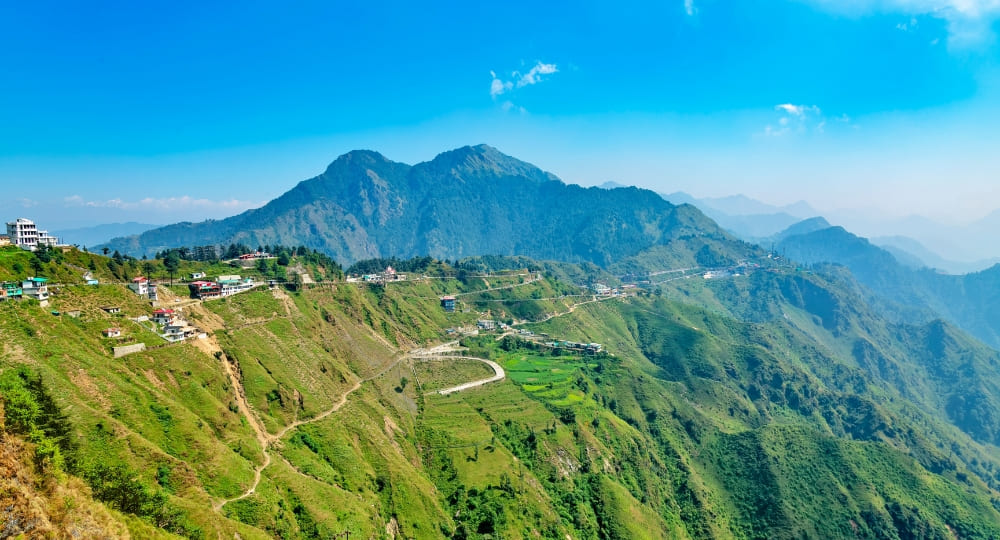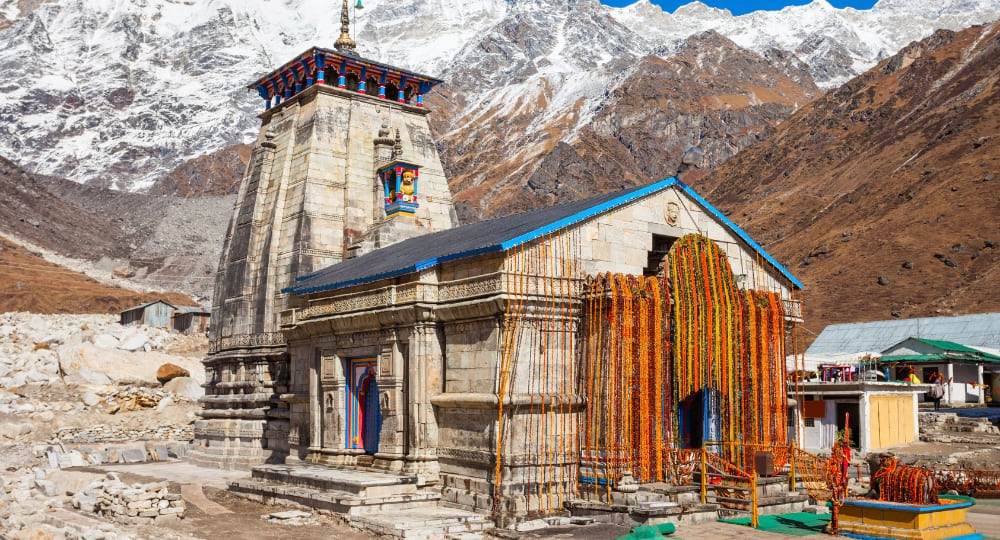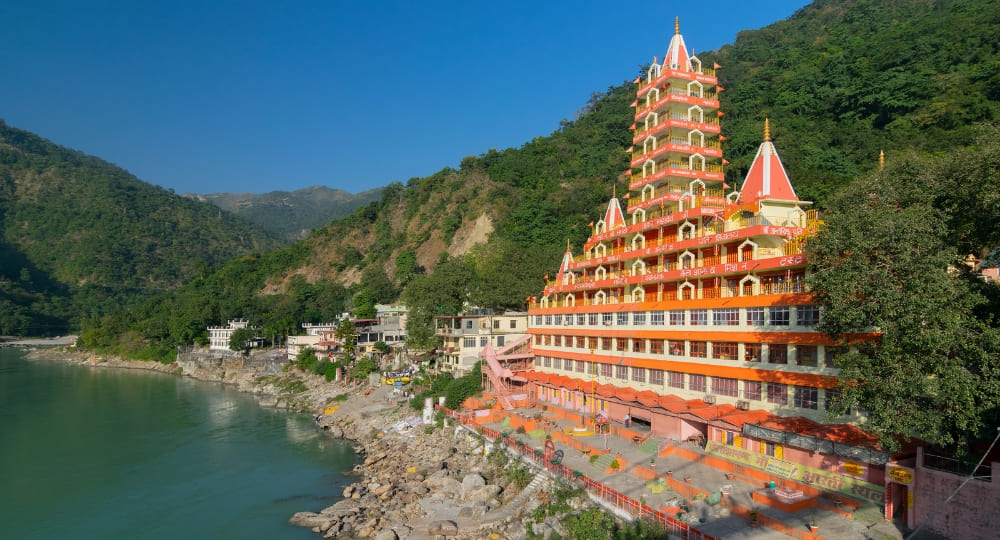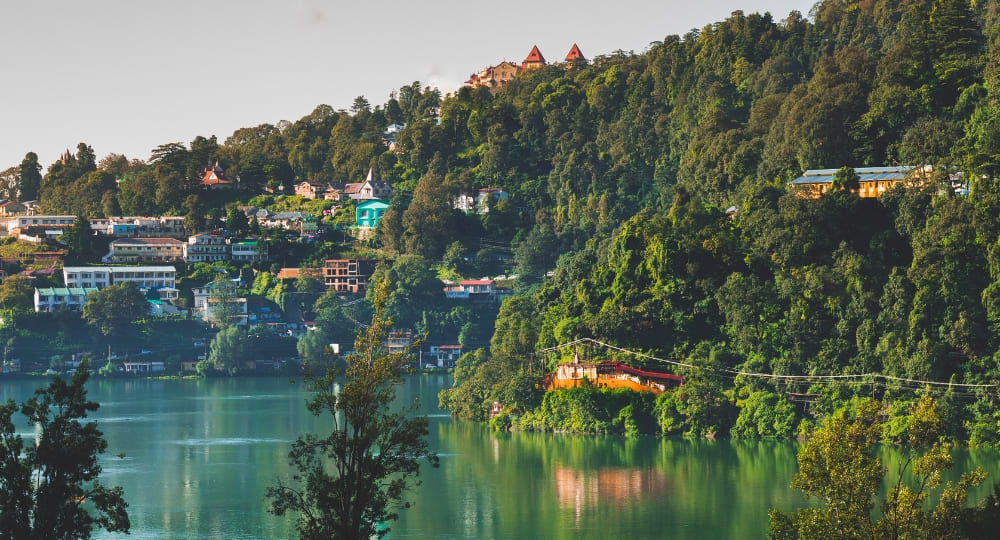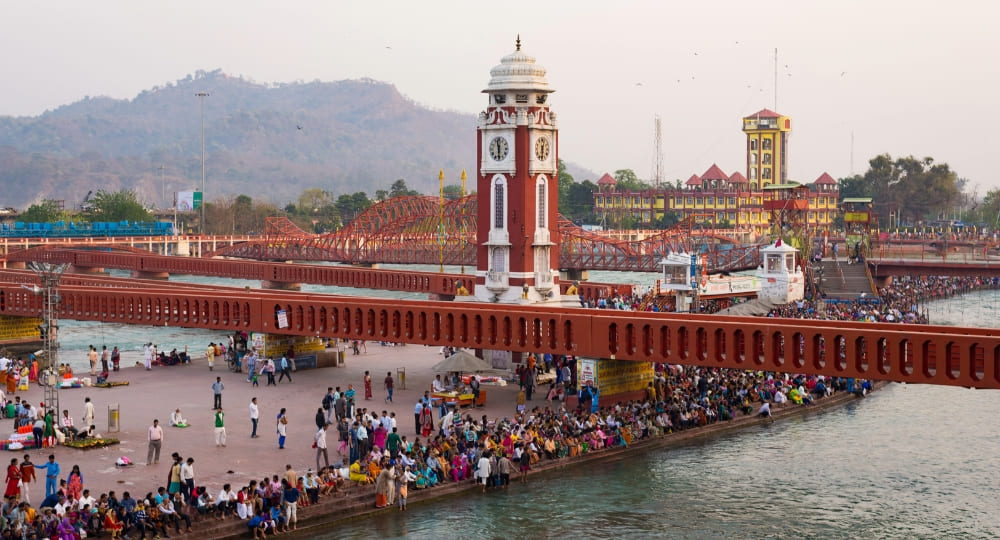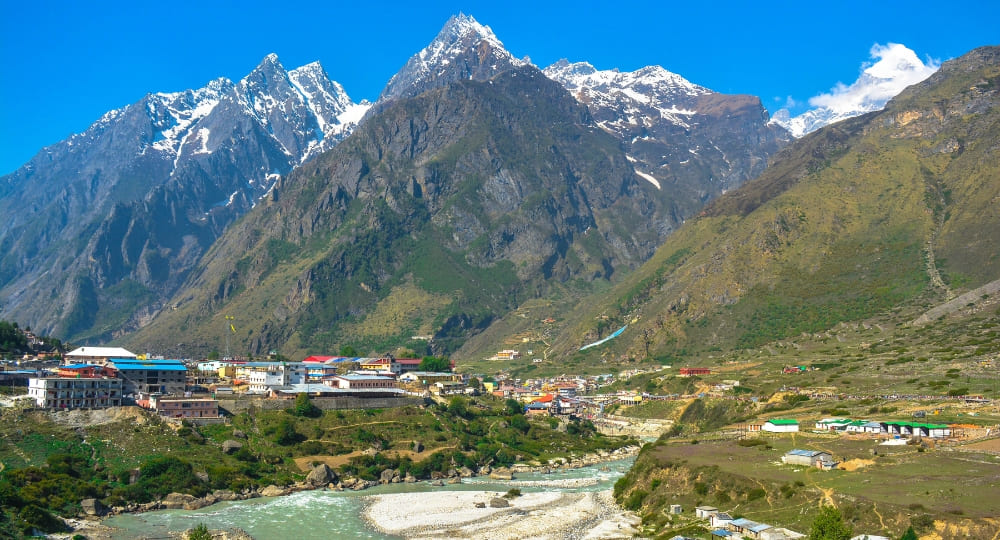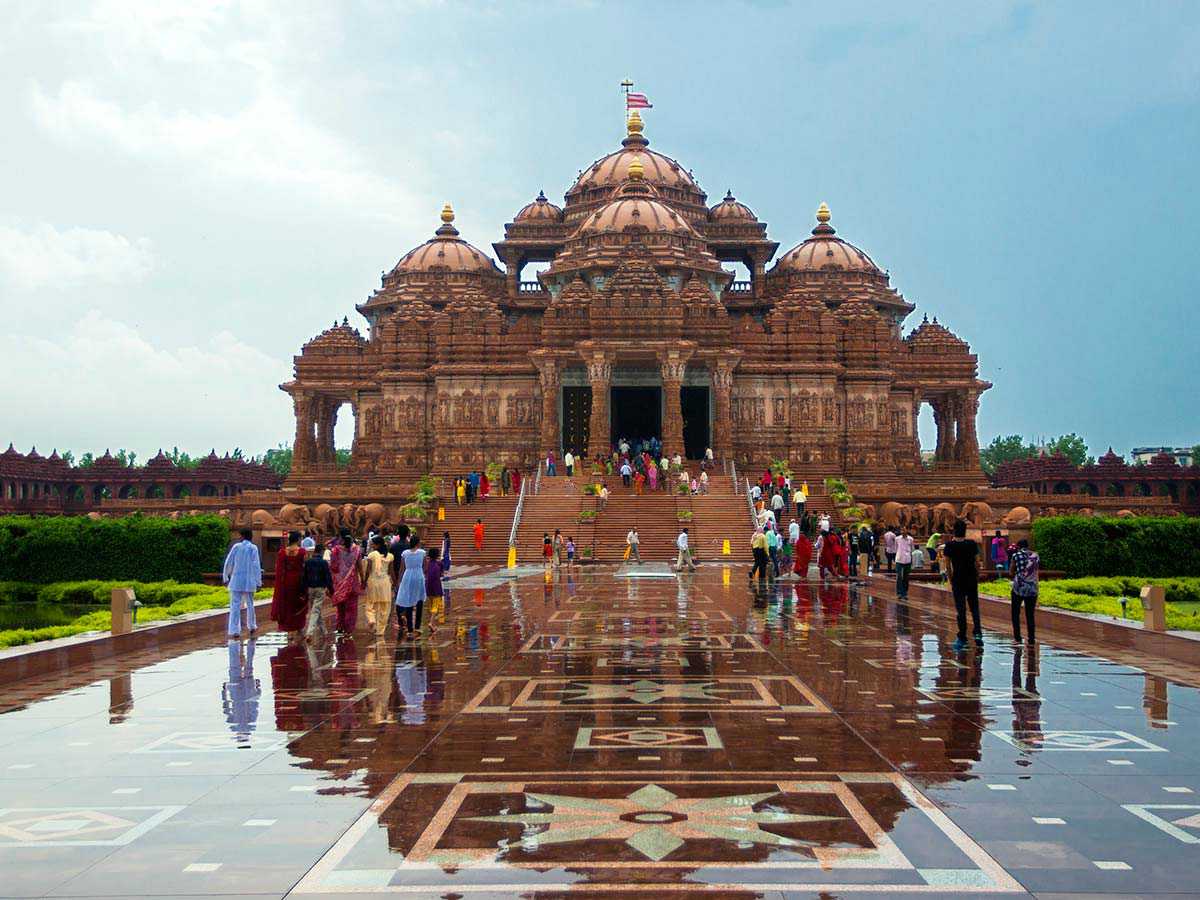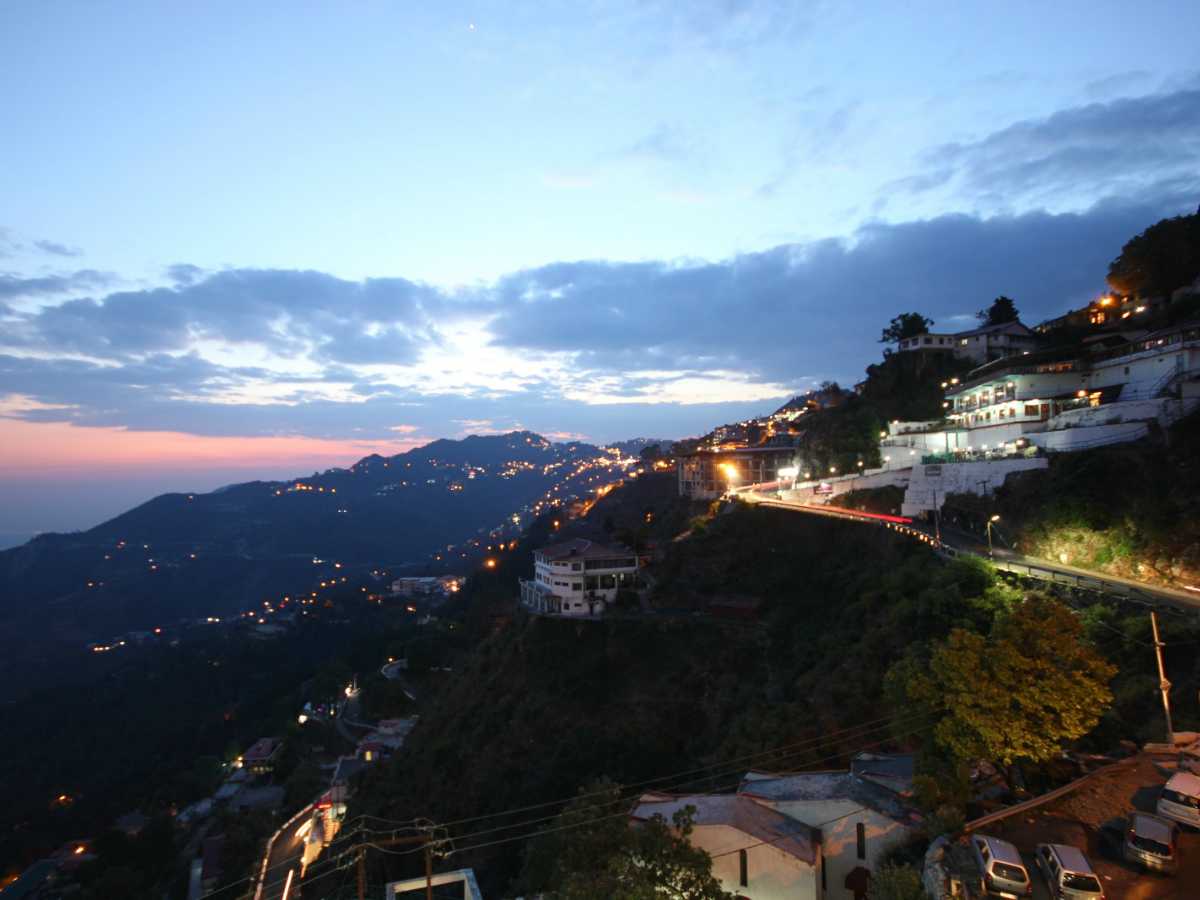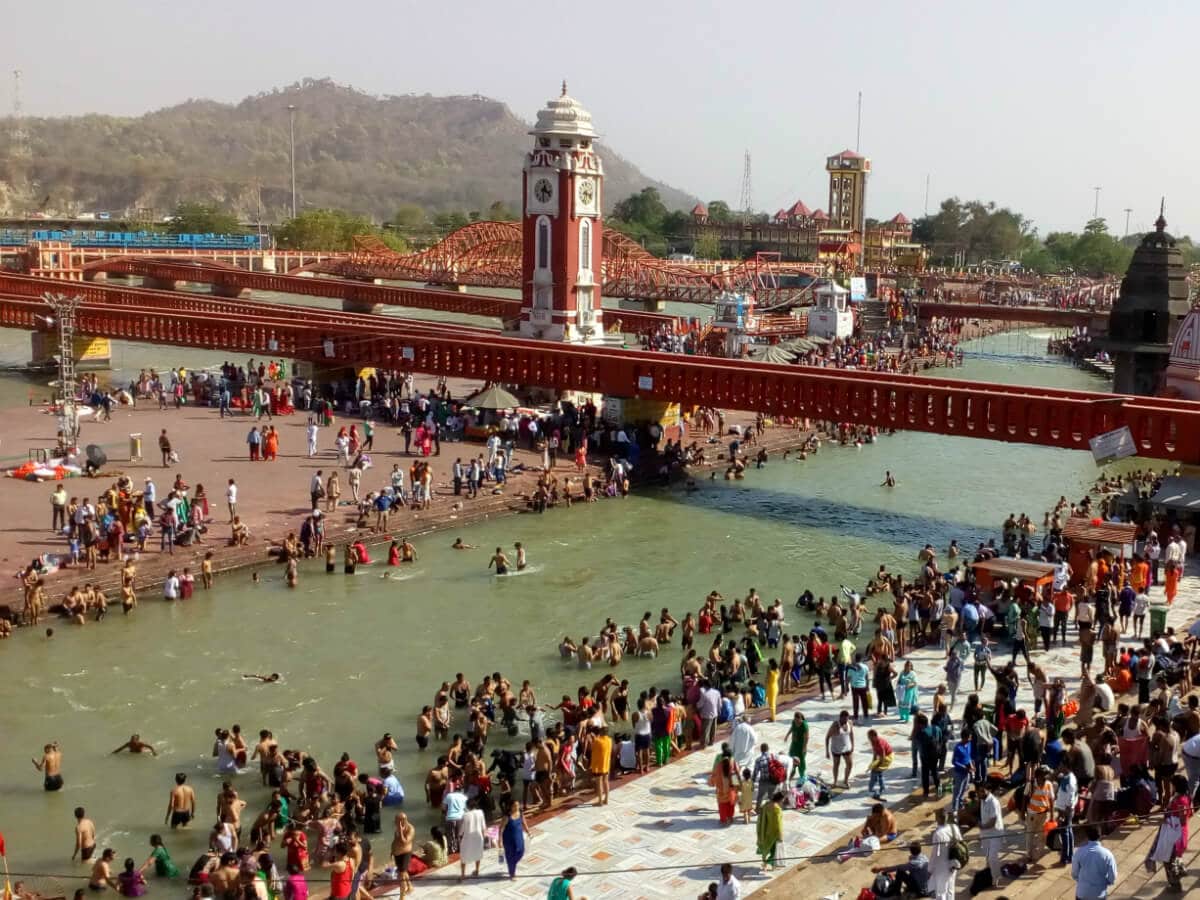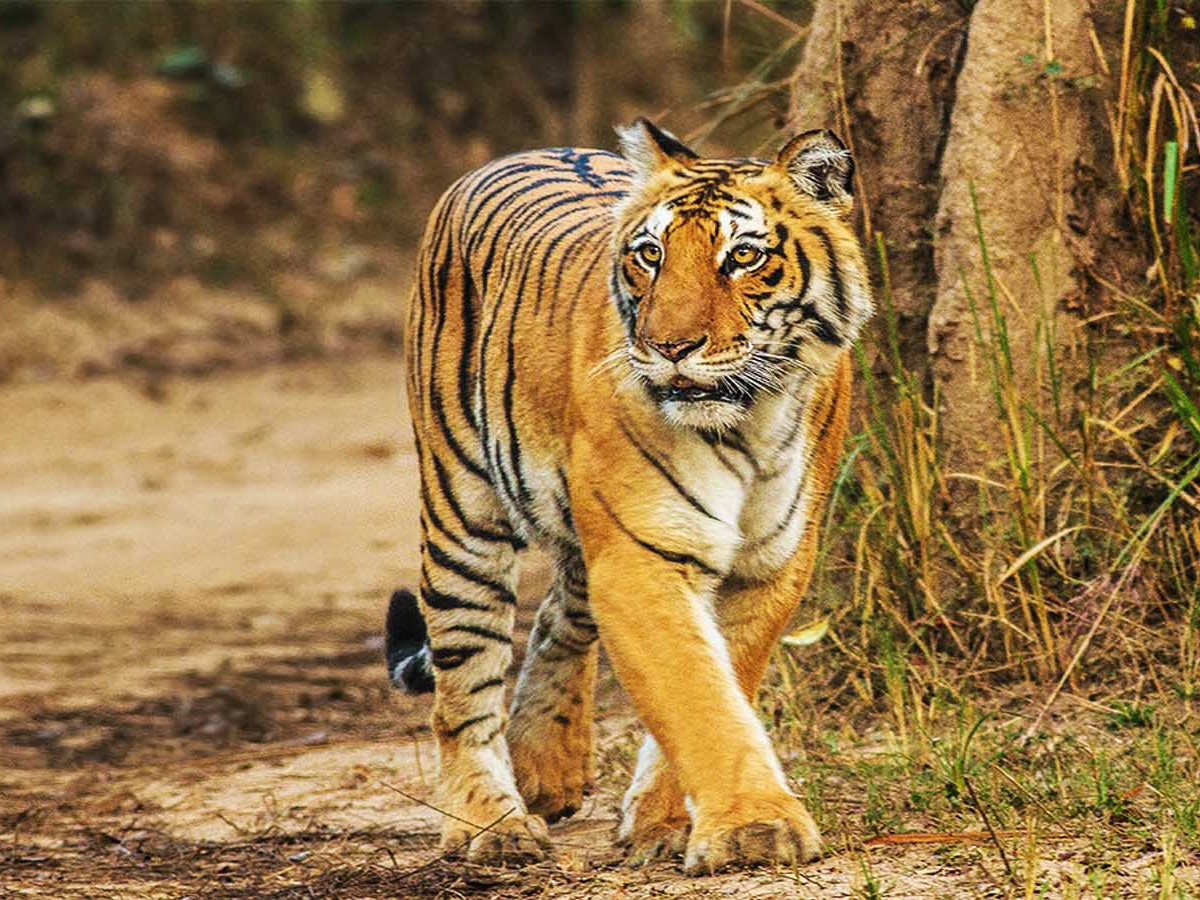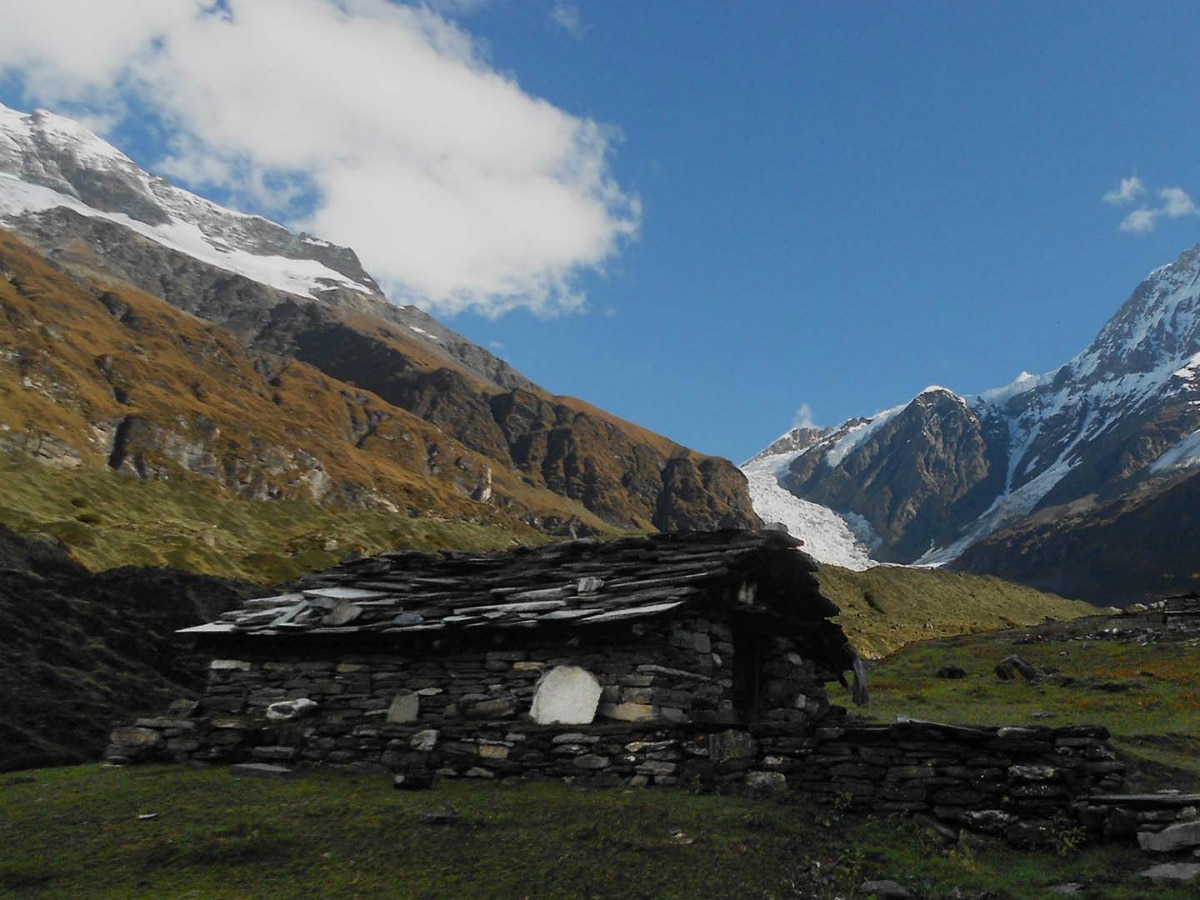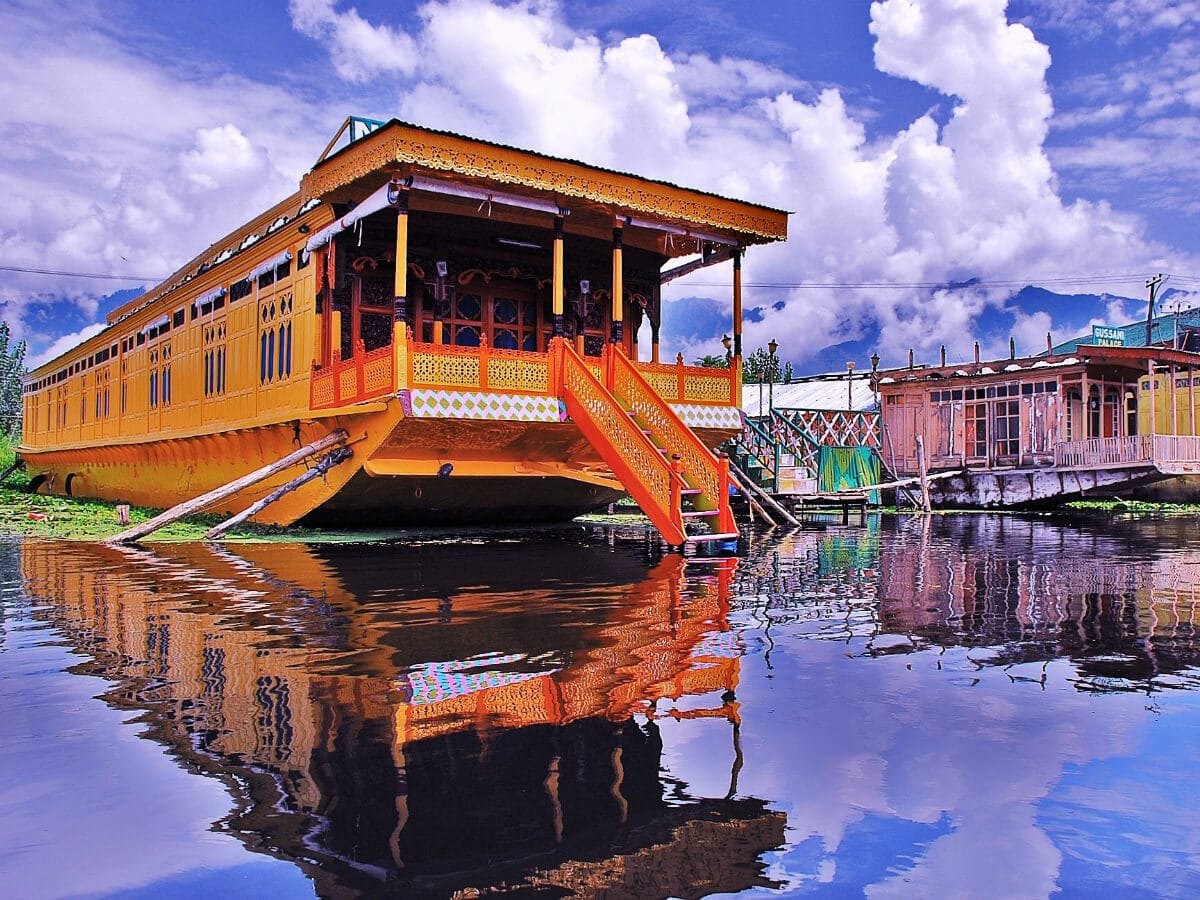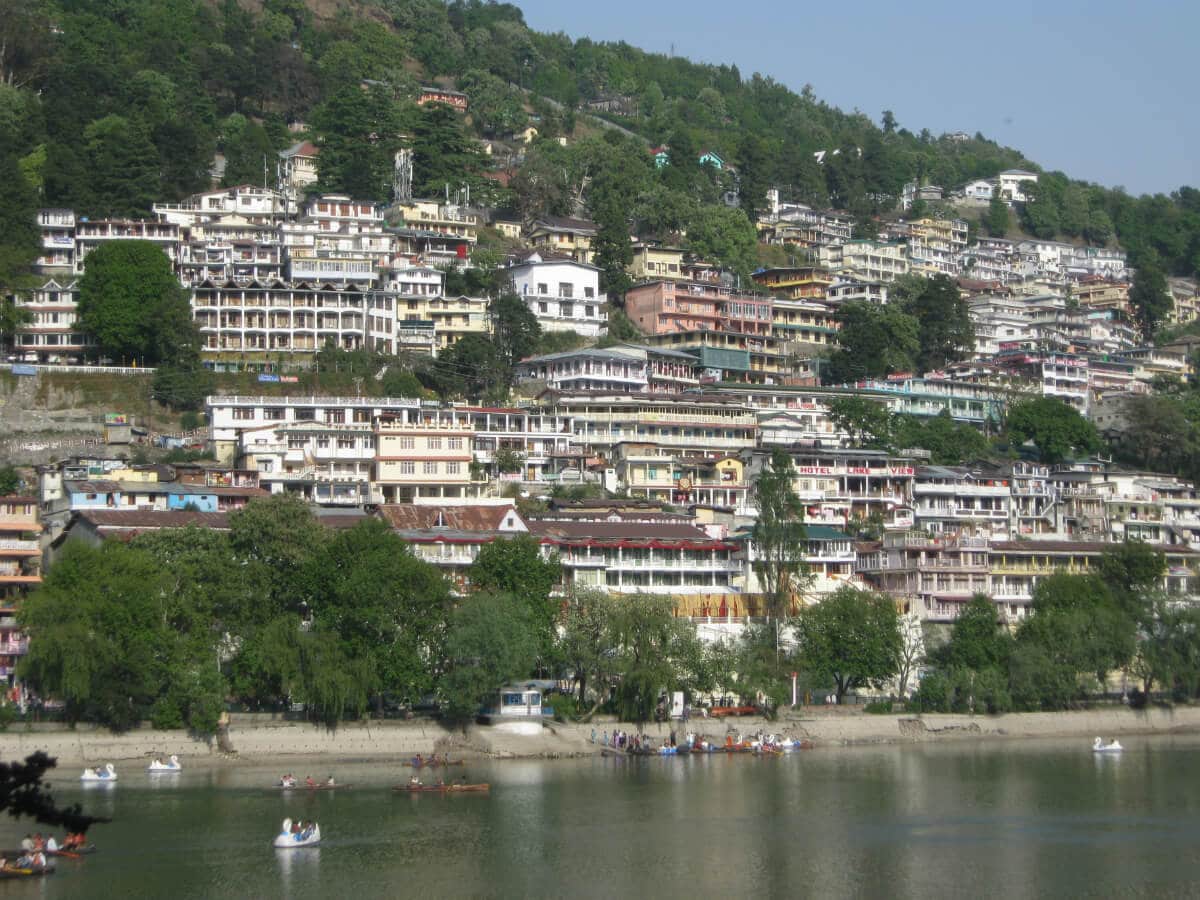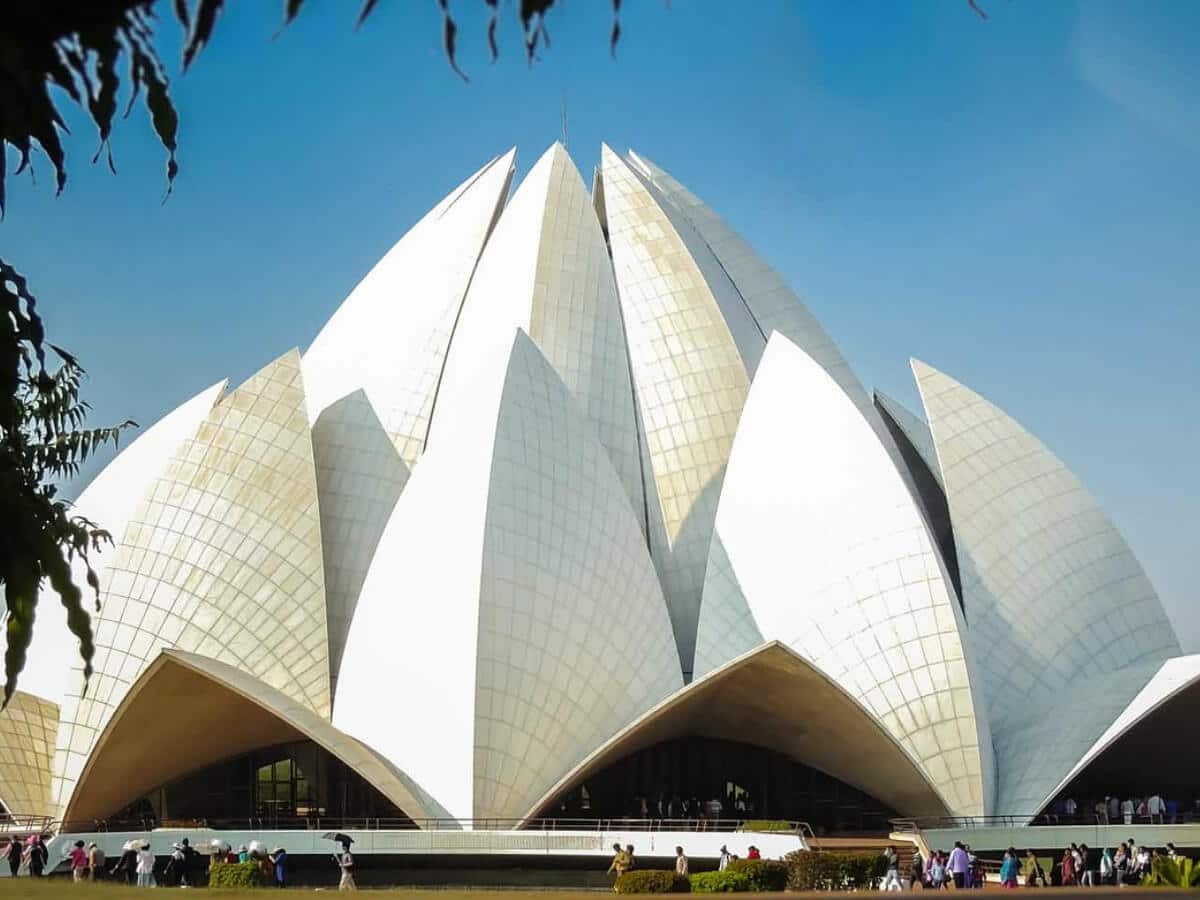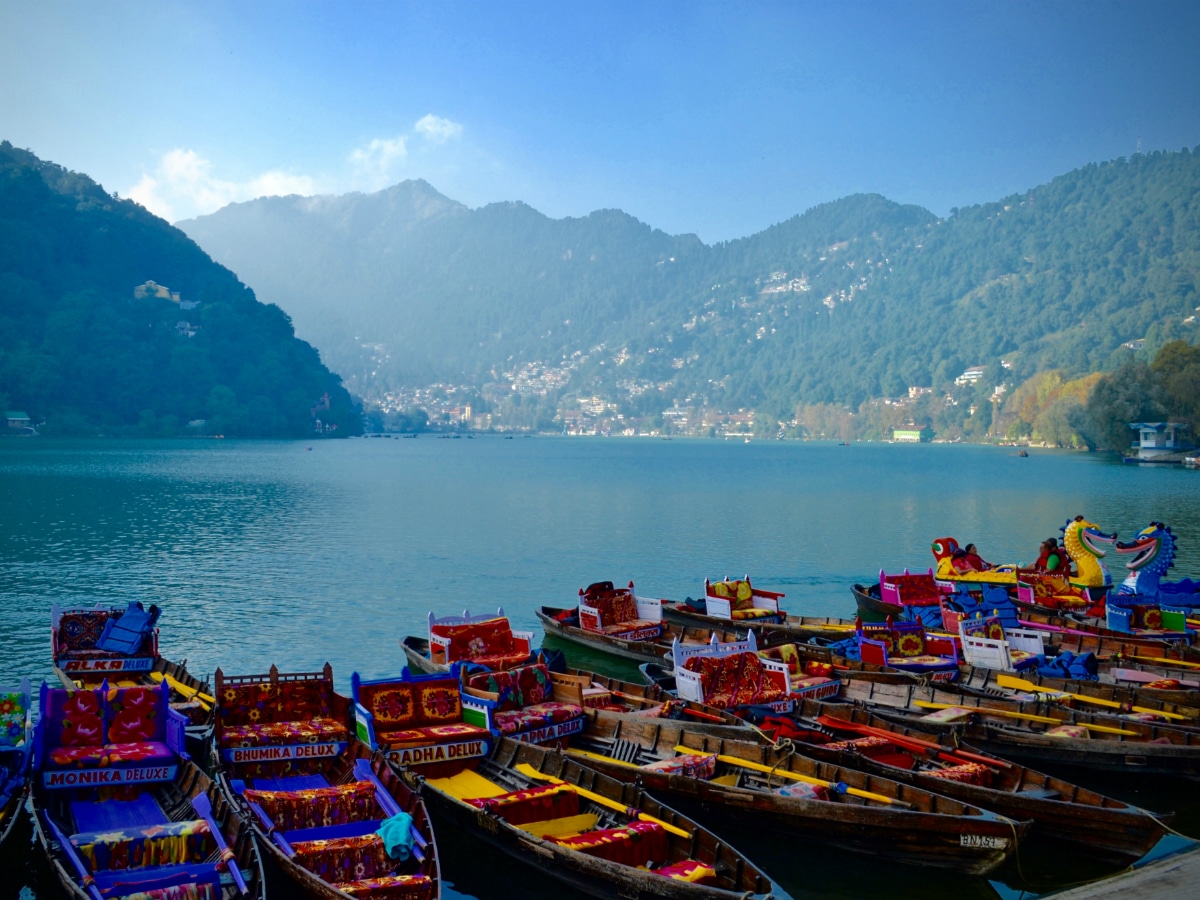Tour Packages
Uttarakhand Tour Packages
SUPER DEAL PRICE
STARTS FROM
per person on twin sharing
Triveni Ghat is the most prominent ghat in Rishikesh.
Lal Tibba offers views from Mussoorie’s highest point.
Naini Lake is heart-shaped and a scenic paradise.
Laxman Jhula offers scenic views of Ganga River.
Auli is a popular hill station in Uttarakhand.
Uttarakhand - Overview

By Purpose
Couples
For Newlywed Vacations
Family
For Family Vacations
Top Attractions
Auli
Lal Tibba
Kempty Falls
Company Garden
Naini Lake
Naina Peak
Naina Devi Temple
Har ki Pauri
Robber’s Cave
Mansa Devi Temple
Chandi Devi Temple
Triveni Ghat
Ram Jhula
Jim Corbett National Park
Valley of Flowers National Park
Everything You Need to Know About Uttarakhand
Can you think of an Indian state which offers mountains, rivers, pilgrimage sites, and wildlife sanctuaries all at the same time? Well, we can, and the state in question is Uttarakhand. Situated in the northern part of India, Uttarakhand is often referred to as ‘Dev Bhoomi’, translating to ‘Land of the Gods’. The reason behind this title is the presence of numerous revered spiritual and holy sites, such as Haridwar, Rishikesh, Kedarnath, and Badrinath. In addition to spiritual serenity, Uttarakhand also has some of the most mesmerising hill stations in the form of Nainital, Auli, Mussoorie, and beyond. You can explore all of this and so much more with GT Holidays’ Uttarakhand tour packages. Let’s do a deep dive into the art, history, culture, tourist attractions, cuisine, and shopping scene of Uttarakhand so you can know why booking this trip will be the experience of a lifetime.
View All Uttarakhand Tour Packages
FAQs:
Book Your Dream Vacay Today!

